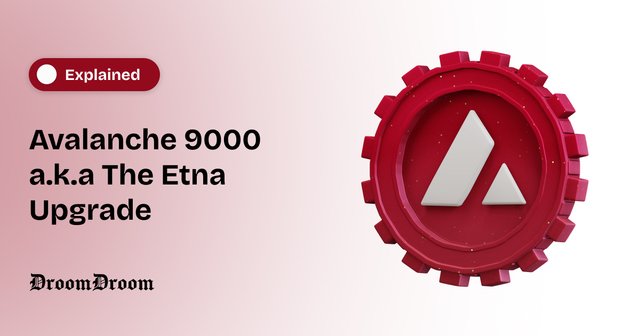Etna Is Here: Avalanche’s Most Significant Code Overhaul Yet.
To dive deeper, check out the complete article from original source:
https://droomdroom.com/understanding-avalanche-9000-the-etna-upgrade/
Avalanche 9000, also known as the Etna Upgrade, marks the most significant overhaul of the Avalanche Network since its launch. Introduced in December 2024, the upgrade replaces traditional subnets with sovereign Layer-1 chains, allowing projects to use independent validators and set their own collateral requirements. This transformation lifts the previous 2000 AVAX staking minimum, making subnet creation more accessible and cost-effective. The upgrade also introduces dynamic gas fees for more predictable costs and reduces the base fee on the C-Chain by 96%, from 25 nAVAX to 1 nAVAX.
Etna also enables virtual machine–agnostic interchain messaging by standardizing BLS signatures across Layer-1s. This development sets the foundation for seamless cross-chain communication and future asset transfers between subnets. Additionally, it improves compatibility with the Ethereum mainnet, though it stops short of implementing blob-based scaling features like Ethereum’s ProtoDank sharding. Overall, the upgrade dramatically reduces the cost of operating on Avalanche and provides developers with greater independence and flexibility when launching new projects.
Despite its technical strengths, the upgrade has faced criticism for neglecting mainnet scalability and overlooking the needs of retail users. While it reduces fees and supports enterprise-grade innovation, Avalanche’s main network (C-Chain) still maxes out at around 4,500 transactions per second—well below Ethereum’s target of 100,000 TPS. Moreover, without incentives or infrastructure aimed at attracting consumer-facing applications, Avalanche risks falling behind competitors like Ethereum, Solana, and BNB Chain, all of which are aggressively courting the retail market.
